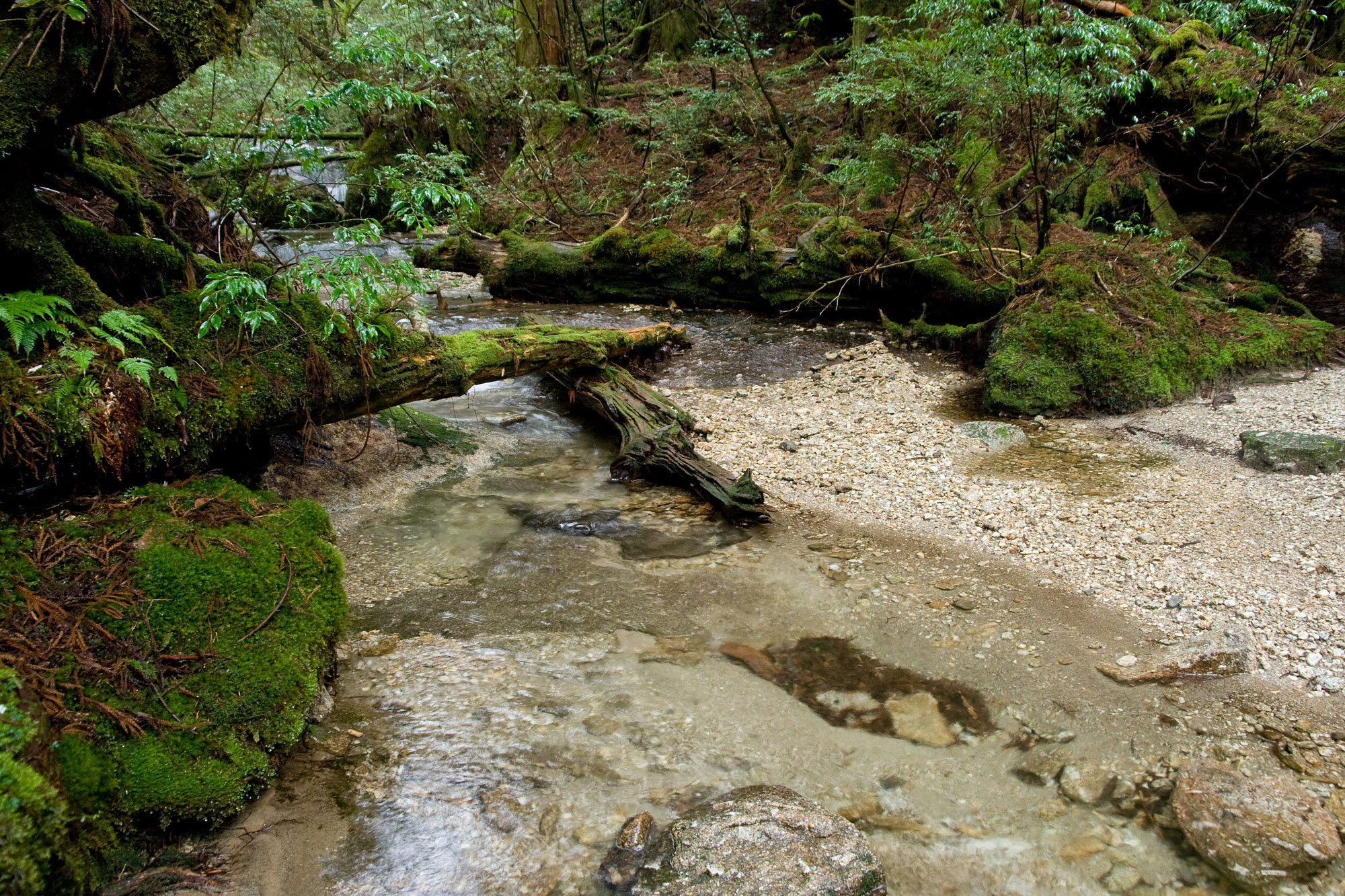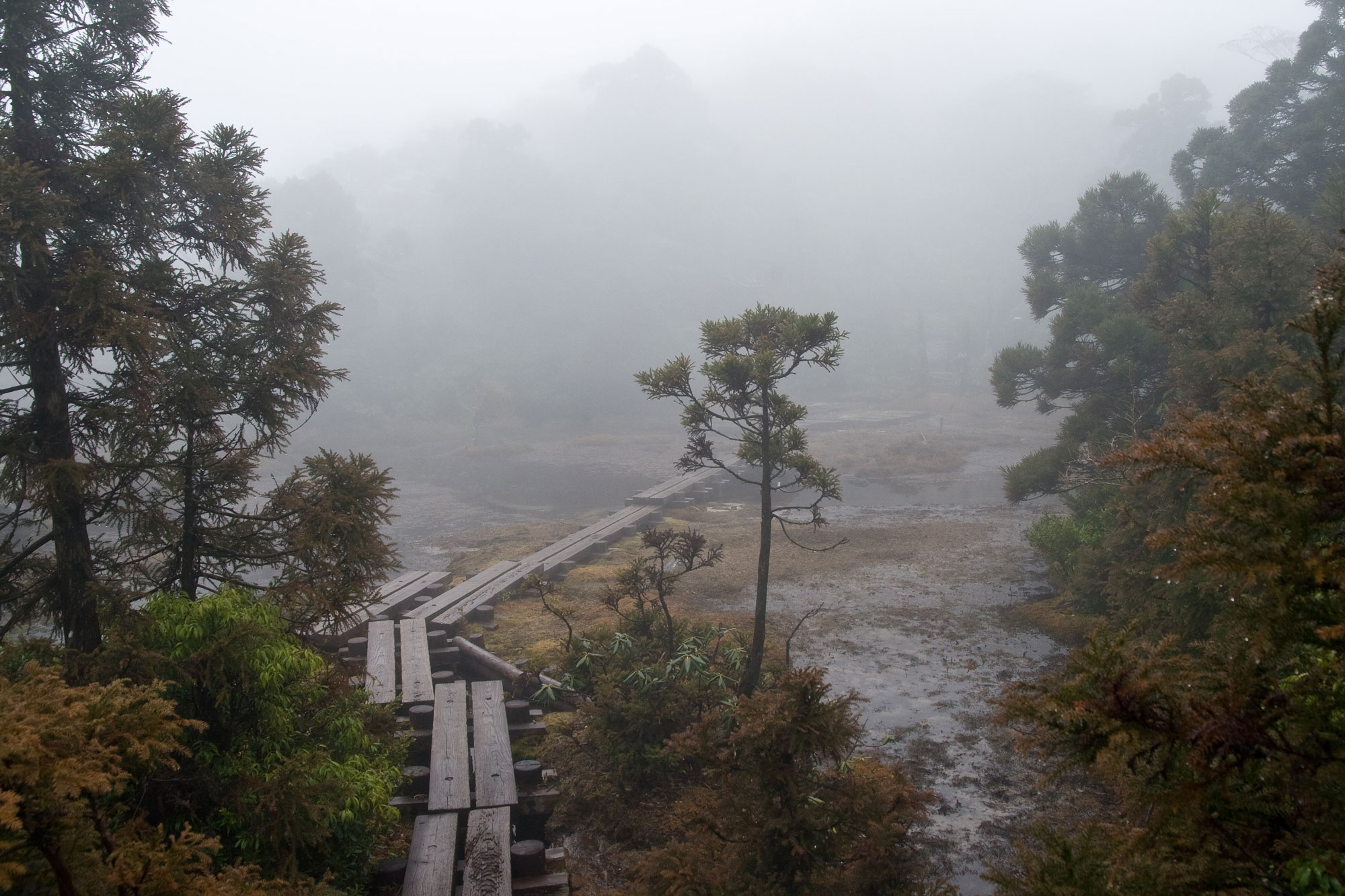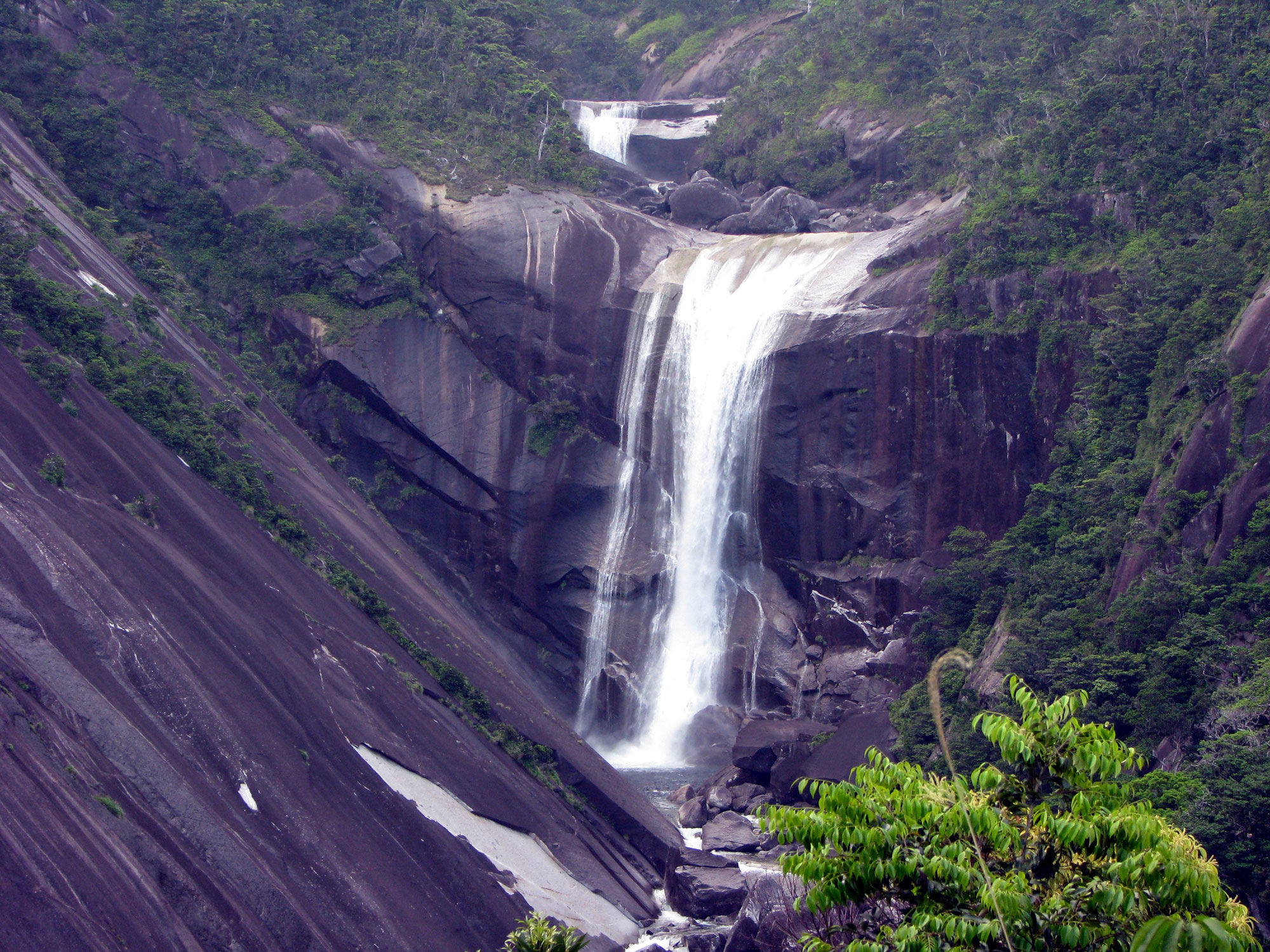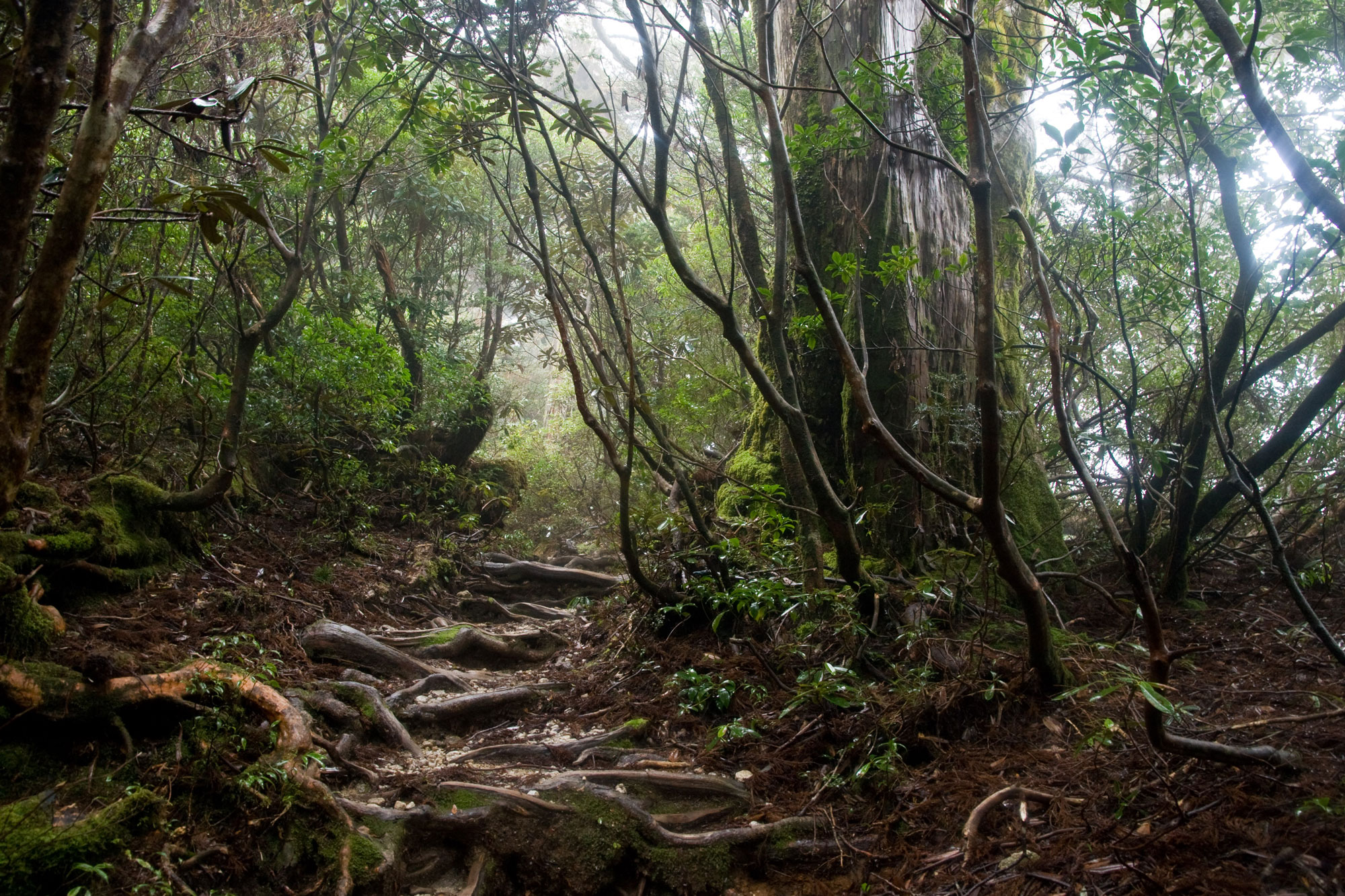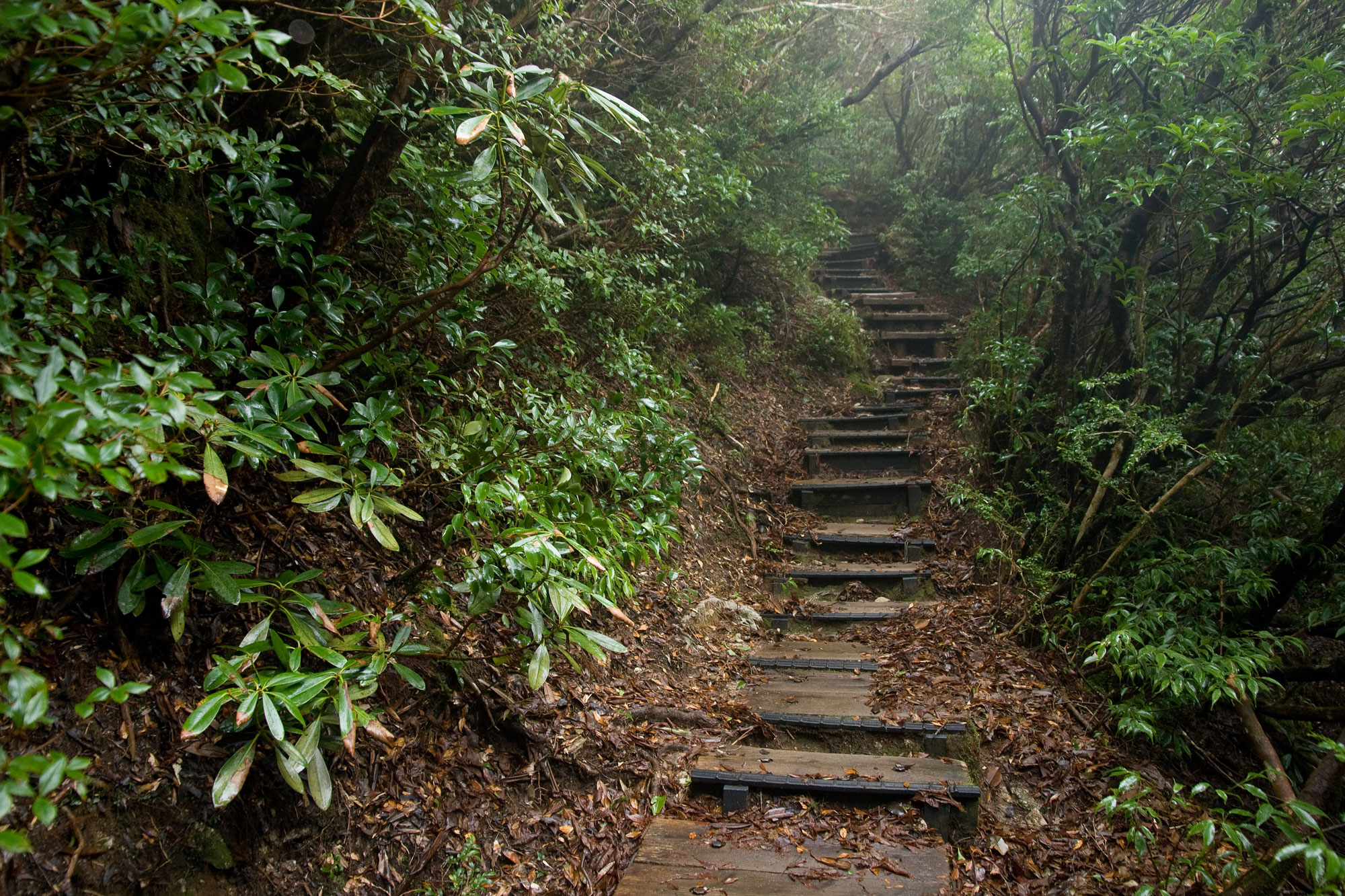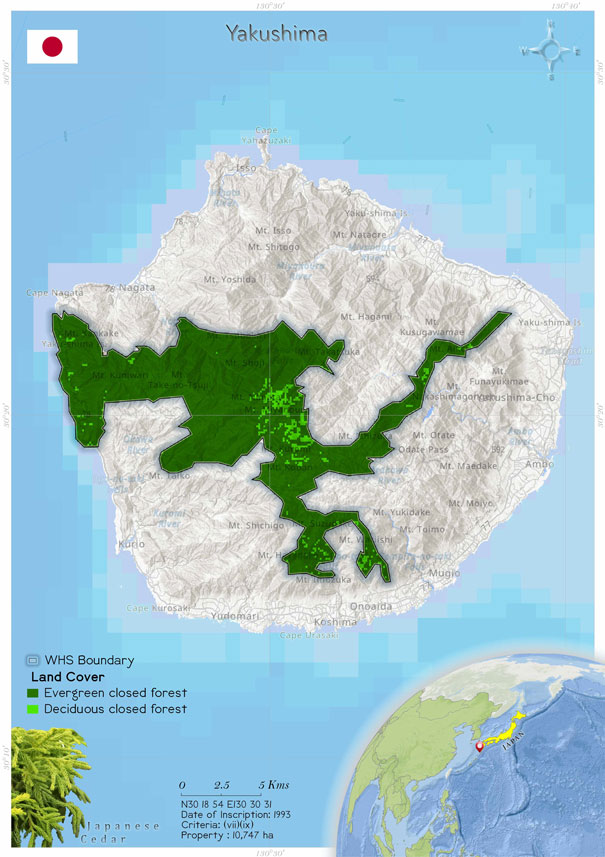
Yakushima (662)
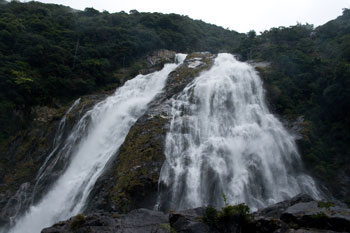 The Yakushima site was inscribed as a World Heritage Site in 1993. Yakushima has an extent of 10,747 ha. The site has a large stretch of temperate forests. The site provides habitats for 1900 plant species and sub-species, 150 bird species and 16 mammal species. It has a rich biodiversity. In its landscape is a pristine forest of 1000-year-old Japanese cedar (Cryptomeria japonica) trees. The site is divided into groups based on its unique features that define its pristine state. For example, it is made up of a block of land that contains a complete representation of life zones as well as primeval and crucial forests in the middle of the island to protect the vertical spread of vegetation from semitropical coastal vegetation to cold temperate bamboo grassland. The presence of numerous mountainous peaks patterned with granite prolongation that traverses across streams formed by abundant rainfall, shrinking deep rocky gorges to the sea. Yakushima was designated as a national forest and is managed by the Japanese government. The State of Conservation Report, 1997 noted that the site has been well-managed as it has started providing opportunities to the local people to enhance engagement and awareness. The extent of the site and its management are not in congruence to the laws. Several management initiatives are in place, and they must be implemented efficiently to ensure better results.
The Yakushima site was inscribed as a World Heritage Site in 1993. Yakushima has an extent of 10,747 ha. The site has a large stretch of temperate forests. The site provides habitats for 1900 plant species and sub-species, 150 bird species and 16 mammal species. It has a rich biodiversity. In its landscape is a pristine forest of 1000-year-old Japanese cedar (Cryptomeria japonica) trees. The site is divided into groups based on its unique features that define its pristine state. For example, it is made up of a block of land that contains a complete representation of life zones as well as primeval and crucial forests in the middle of the island to protect the vertical spread of vegetation from semitropical coastal vegetation to cold temperate bamboo grassland. The presence of numerous mountainous peaks patterned with granite prolongation that traverses across streams formed by abundant rainfall, shrinking deep rocky gorges to the sea. Yakushima was designated as a national forest and is managed by the Japanese government. The State of Conservation Report, 1997 noted that the site has been well-managed as it has started providing opportunities to the local people to enhance engagement and awareness. The extent of the site and its management are not in congruence to the laws. Several management initiatives are in place, and they must be implemented efficiently to ensure better results.
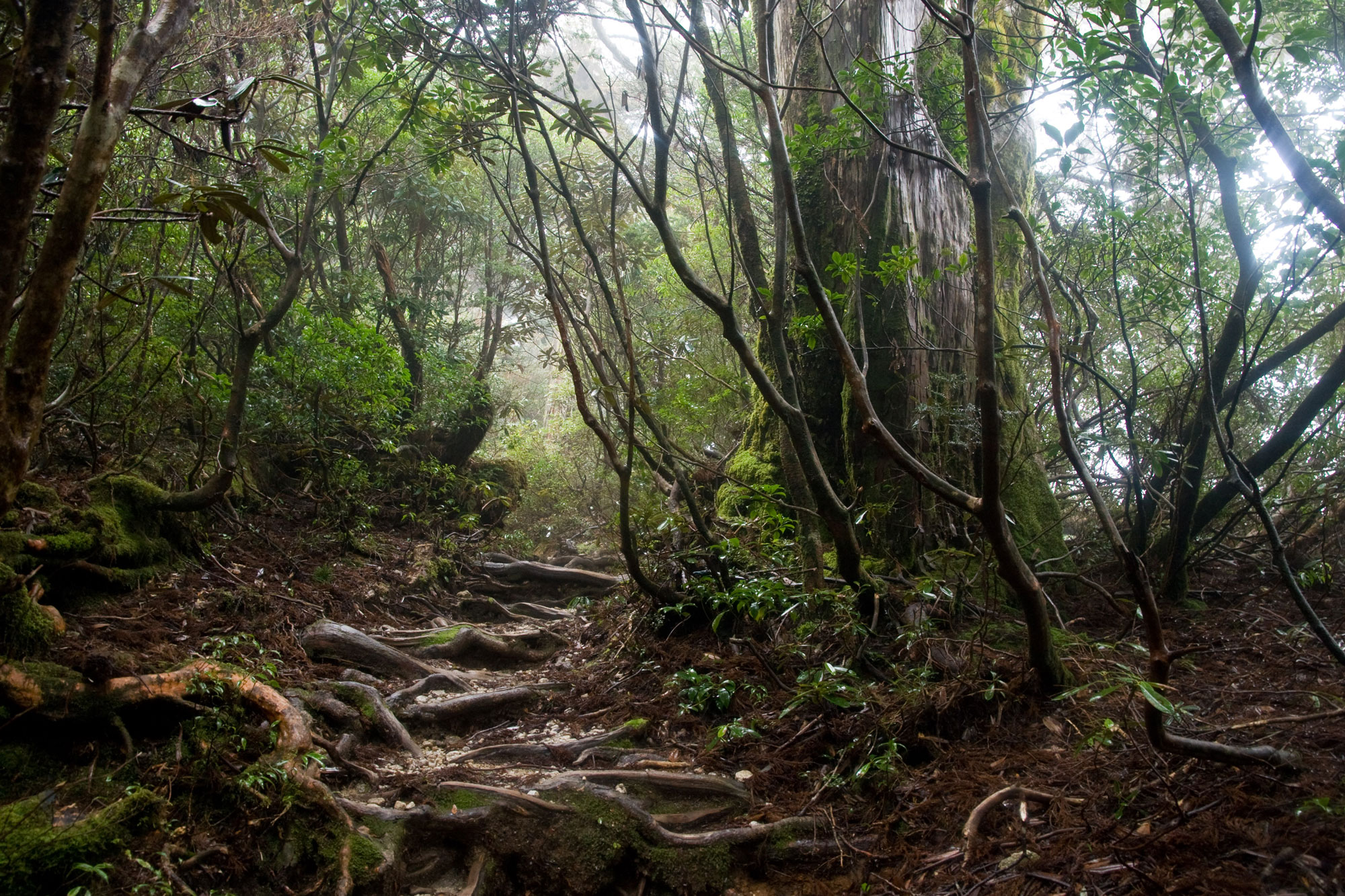 Yakushima is located 60 km off the southern point of Kyushu Island in the south-west part of Japanese archipelago. It is characterized by temperate rainforests (which have not experienced the adverse effects of development within the preservation history of the property, since 1924) that stretch from the core of the site to the round-shaped Yakushima Island. It is located where the Palaearctic and Oriental biotic regions meet. The mountains rise approximately 2000 m, and the property east, west and south from the coast. The island ecosystem is the only one of its kind in the Northern Hemisphere’s temperate region. The coastal vegetation has sub-tropical elements, and there are montane temperate rainforests, a high moor and, on the central peaks, cold-temperate bamboo grasslands. Rheophytes and epiphytes that have acclimated to the high rainfall, 8000 mm annually, and the humid environment are abundant in the rainforests. The biota include 600 species of moss, testament to the wet forest environment. There is a high level of endemism, due to extended isolation from other landmasses (UNESCO whc.unesco.org). It is home to 1,900 species of flora, 150 bird and 16 mammal species. It displays the presence of rich biodiversity that comprised of the landscape of Japanese cedar (Cryptomeria japonica) a pristine forest consisted of trees (Yakusagi) that aged 1000 years. Old-growth forests of conifers of great natural beauty distinguish the Yakushima World Heritage Site (UNESCO whc.unesco.org).
The boundaries of the property have been shaped by historical and administrative factors. The virgin forests of Japanese cedar are a Tertiary Period relic. The property covers 21% of the area of the island, which amounts to 10,747 ha. It will help preserve the value of the property for a long time. The broadened public and political discourse, the town, stakeholders and public signify working towards long term integrity of the site. The property is important for scientific studies on evolutionary biology, biogeography, vegetation succession, interaction of lowland and upland systems, hydrology and warm-temperate ecosystem processes (UNESCO whc.unesco.org)
Yakushima is located 60 km off the southern point of Kyushu Island in the south-west part of Japanese archipelago. It is characterized by temperate rainforests (which have not experienced the adverse effects of development within the preservation history of the property, since 1924) that stretch from the core of the site to the round-shaped Yakushima Island. It is located where the Palaearctic and Oriental biotic regions meet. The mountains rise approximately 2000 m, and the property east, west and south from the coast. The island ecosystem is the only one of its kind in the Northern Hemisphere’s temperate region. The coastal vegetation has sub-tropical elements, and there are montane temperate rainforests, a high moor and, on the central peaks, cold-temperate bamboo grasslands. Rheophytes and epiphytes that have acclimated to the high rainfall, 8000 mm annually, and the humid environment are abundant in the rainforests. The biota include 600 species of moss, testament to the wet forest environment. There is a high level of endemism, due to extended isolation from other landmasses (UNESCO whc.unesco.org). It is home to 1,900 species of flora, 150 bird and 16 mammal species. It displays the presence of rich biodiversity that comprised of the landscape of Japanese cedar (Cryptomeria japonica) a pristine forest consisted of trees (Yakusagi) that aged 1000 years. Old-growth forests of conifers of great natural beauty distinguish the Yakushima World Heritage Site (UNESCO whc.unesco.org).
The boundaries of the property have been shaped by historical and administrative factors. The virgin forests of Japanese cedar are a Tertiary Period relic. The property covers 21% of the area of the island, which amounts to 10,747 ha. It will help preserve the value of the property for a long time. The broadened public and political discourse, the town, stakeholders and public signify working towards long term integrity of the site. The property is important for scientific studies on evolutionary biology, biogeography, vegetation succession, interaction of lowland and upland systems, hydrology and warm-temperate ecosystem processes (UNESCO whc.unesco.org)
Criterion (vii)
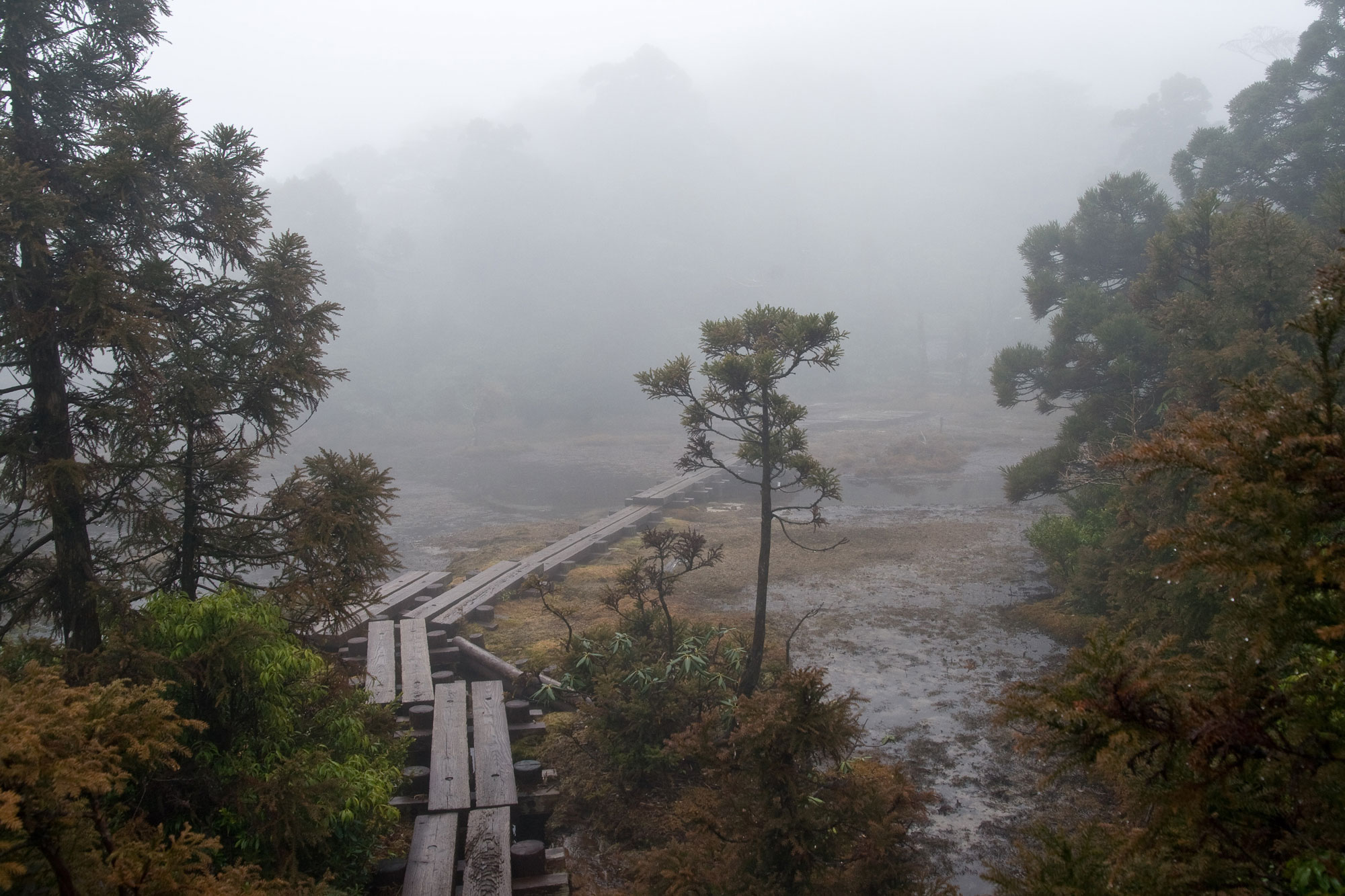 Yakushima, despite being a small island, boasts several key features including impressive mountains which rise to nearly 2,000 m, and an outstanding gradient from the high peaks of the central core down to the seacoast. The property is home to a number of extremely large diameter Japanese cedar trees, thousands of years old with the oldest and most spectacular individuals of the species found on Yakushima Island. It contains the last, best example of an ecosystem dominated by the Japanese cedar in a superb scenic setting. Thus, Yakushima is a valuable property having natural areas of biological, scientific and aesthetic significance on a small island.
Yakushima, despite being a small island, boasts several key features including impressive mountains which rise to nearly 2,000 m, and an outstanding gradient from the high peaks of the central core down to the seacoast. The property is home to a number of extremely large diameter Japanese cedar trees, thousands of years old with the oldest and most spectacular individuals of the species found on Yakushima Island. It contains the last, best example of an ecosystem dominated by the Japanese cedar in a superb scenic setting. Thus, Yakushima is a valuable property having natural areas of biological, scientific and aesthetic significance on a small island.
Criterion (ix)
Yakushima is an island ecosystem with high mountains-a characteristic rare in the region at around 30 degrees north latitude. It contains a unique remnant of a warm-temperate primeval forest which has been much reduced elsewhere in the region. These forests extend through an altitudinal sequence from the coast up to the central peaks. The property is very important for scientific studies on evolutionary biology, biogeography, vegetation succession, interaction of lowland and upland systems, hydrology, and warm-temperate ecosystem processes.
Status
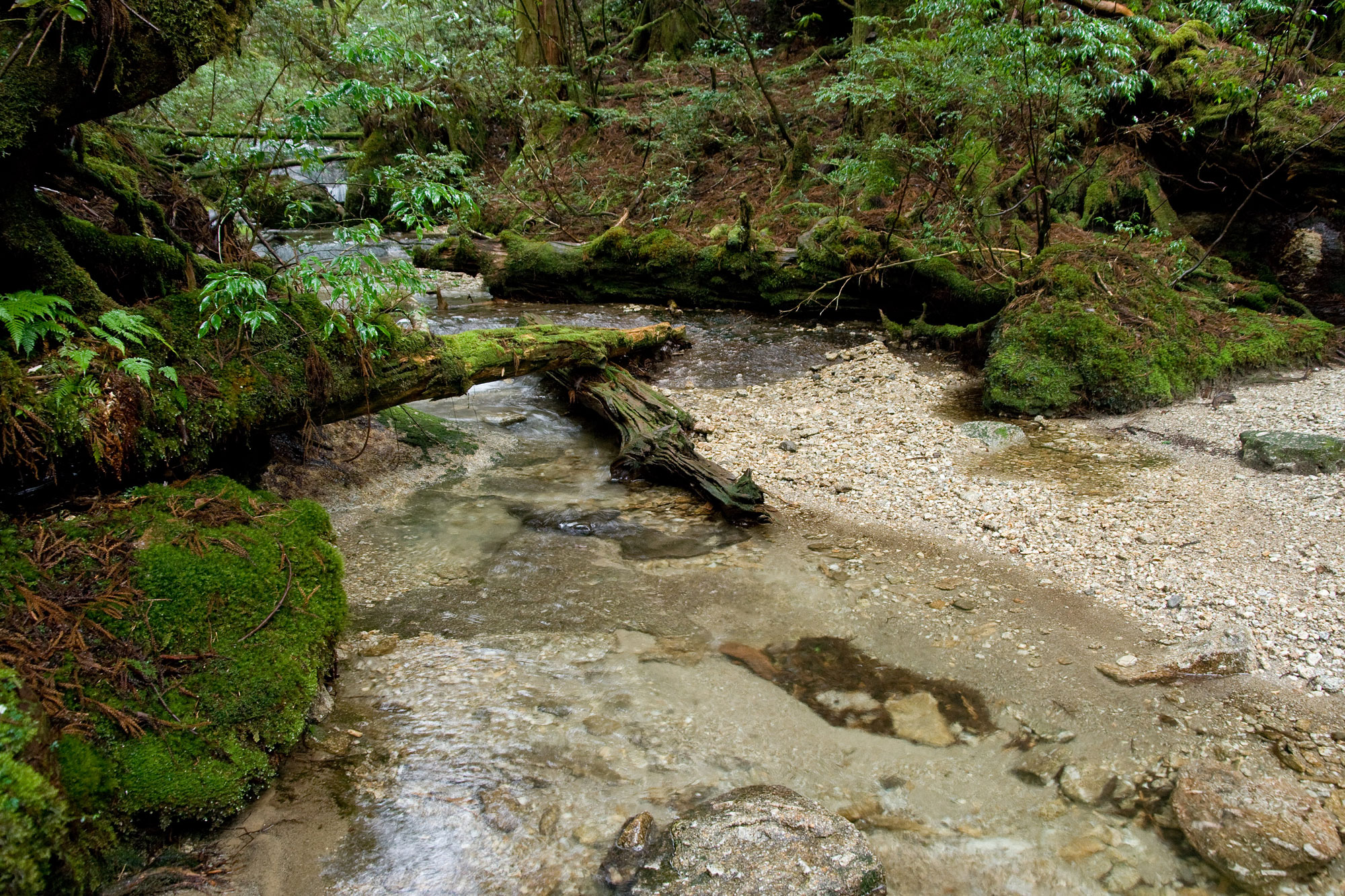 Yakushima was designated as a national forest by the Japanese government. Each of the denominations, such as Yakushima Wilderness Area, Yakushima National Park, Special Natural Monument, and Yakushima Forest Ecosystem Reserve, has a system to protect Japan's natural environment and is guarded by stringent regulations regarding development and other activities. In 1964, Yakushima National Park was linked to Kirishima-Yaku National Park under the Natural Parks Law. It became an independent natural park in 2012. Furthermore, certain protected areas such as a special Natural Monument designated in 1954 under the Law for the Protection of Cultural properties, Forest Ecosystem Reserve designated in 1992 safeguarded by the Law on the Administration and Management of National Forests, encompass the legal tools for the protection and management of the property. The Yakushima World Heritage Area Liason Committee had been established in 1995, and the Yakushima World Heritage Area Scientific Council, consisting of academics and scientists, authenticated it in 2009. The visitor facilities have been improved in environment-friendly ways. The vegetation is displaying the impacts of grazing by deer due to overpopulation (UNESCO whc.unesco.org).
The current threats include tourism in vulnerable regions of the natural environment. The evidence indicates that there are challenges with respect to the functioning of the management. The effects of natural disasters such as typhoons and landslides should be monitored. A lack of understanding about the threats posed by air pollution and invasive species complicates the situation. The threat posed by avalanches/landslides is low as they are comparatively common only in steeper terrain; however, construction of roads may aggravate it (Teramoto & Shimokawa 2009). The environmental stability of Yakushima Island is being compromised due to an overpopulation of sika deer (Fujimaki et al. 2016). In 1913 the Japanese Forestry Agency outlined a course of action for culling deer that would reduce the median deer population size and achieve a targeted population size in 2022 (Fujimaki et al. 2016) (Periodic Report cycle 1 2003; Forbes 2012).
Activities such as logging (which damages mycoheterotrophic plants), controlling the mobility of the deer population and landscape/ecosystem management are being handled by a combined community management approach to arrest the trend of degradation of the vegetation. Though, the site appears to be stable geographically, the region is prone to volcanism and earthquakes. These have an impact on Yakushima as they build steeper slopes and lead to landslides. With the onset of climate change, certain naturally occurring phenomena that are already damaging the trees may occur more frequently: strong winds and landslips (Witham 2014; Bellingham et al. 1996; Takashima et al. 2009). The management is being effectively carried out. The World Heritage Liaison Committee is composed of organizations such as Kyushu District National Park and Wildlife Office, Kagoshima Prefecture, Kumamoto Regional Forestry Office and Kagoshima Prefecture Board of Education. Additionally, representatives of the local government attend meetings and put forth their opinions (Yakushima World Heritage Area Management Plan, 2003).
Yakushima was designated as a national forest by the Japanese government. Each of the denominations, such as Yakushima Wilderness Area, Yakushima National Park, Special Natural Monument, and Yakushima Forest Ecosystem Reserve, has a system to protect Japan's natural environment and is guarded by stringent regulations regarding development and other activities. In 1964, Yakushima National Park was linked to Kirishima-Yaku National Park under the Natural Parks Law. It became an independent natural park in 2012. Furthermore, certain protected areas such as a special Natural Monument designated in 1954 under the Law for the Protection of Cultural properties, Forest Ecosystem Reserve designated in 1992 safeguarded by the Law on the Administration and Management of National Forests, encompass the legal tools for the protection and management of the property. The Yakushima World Heritage Area Liason Committee had been established in 1995, and the Yakushima World Heritage Area Scientific Council, consisting of academics and scientists, authenticated it in 2009. The visitor facilities have been improved in environment-friendly ways. The vegetation is displaying the impacts of grazing by deer due to overpopulation (UNESCO whc.unesco.org).
The current threats include tourism in vulnerable regions of the natural environment. The evidence indicates that there are challenges with respect to the functioning of the management. The effects of natural disasters such as typhoons and landslides should be monitored. A lack of understanding about the threats posed by air pollution and invasive species complicates the situation. The threat posed by avalanches/landslides is low as they are comparatively common only in steeper terrain; however, construction of roads may aggravate it (Teramoto & Shimokawa 2009). The environmental stability of Yakushima Island is being compromised due to an overpopulation of sika deer (Fujimaki et al. 2016). In 1913 the Japanese Forestry Agency outlined a course of action for culling deer that would reduce the median deer population size and achieve a targeted population size in 2022 (Fujimaki et al. 2016) (Periodic Report cycle 1 2003; Forbes 2012).
Activities such as logging (which damages mycoheterotrophic plants), controlling the mobility of the deer population and landscape/ecosystem management are being handled by a combined community management approach to arrest the trend of degradation of the vegetation. Though, the site appears to be stable geographically, the region is prone to volcanism and earthquakes. These have an impact on Yakushima as they build steeper slopes and lead to landslides. With the onset of climate change, certain naturally occurring phenomena that are already damaging the trees may occur more frequently: strong winds and landslips (Witham 2014; Bellingham et al. 1996; Takashima et al. 2009). The management is being effectively carried out. The World Heritage Liaison Committee is composed of organizations such as Kyushu District National Park and Wildlife Office, Kagoshima Prefecture, Kumamoto Regional Forestry Office and Kagoshima Prefecture Board of Education. Additionally, representatives of the local government attend meetings and put forth their opinions (Yakushima World Heritage Area Management Plan, 2003).

